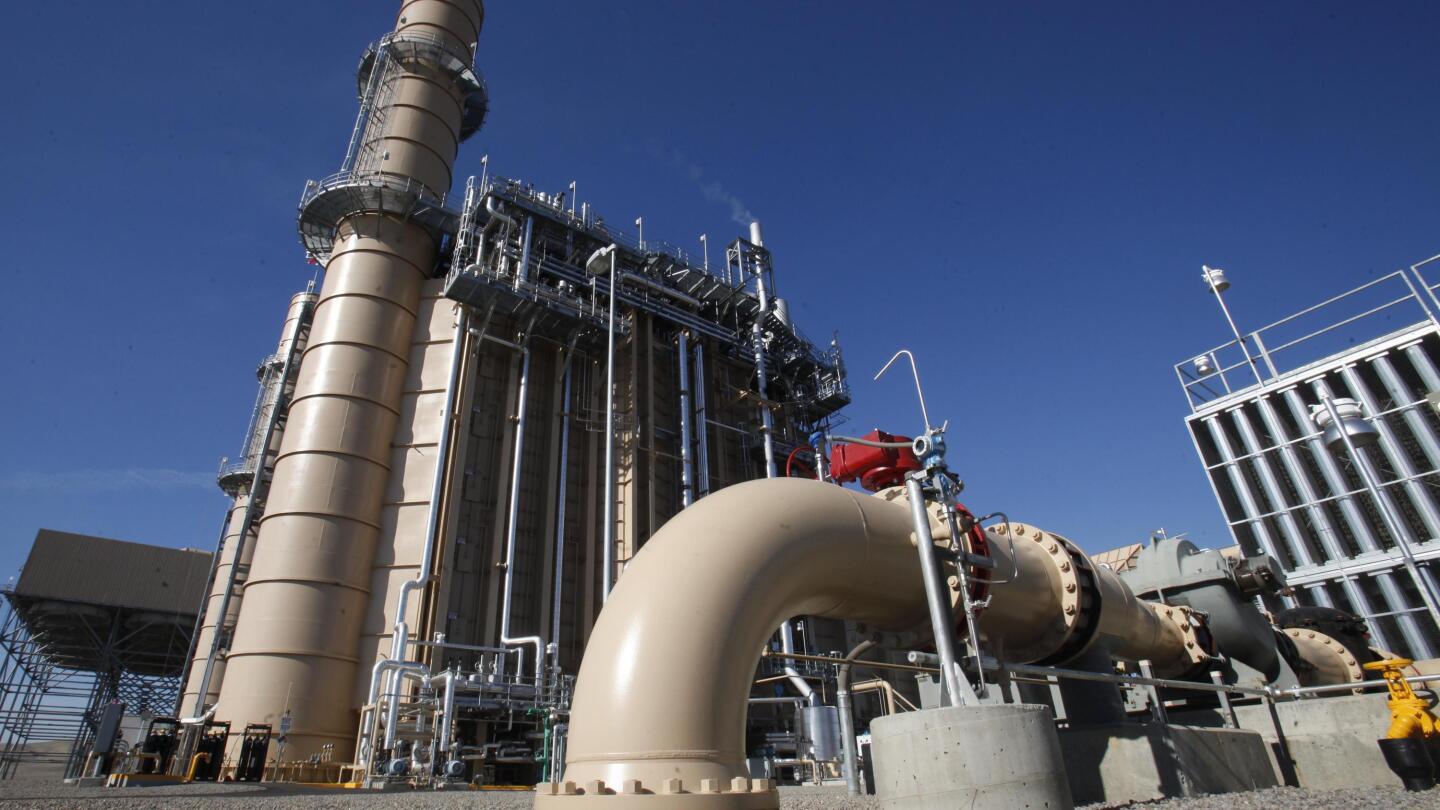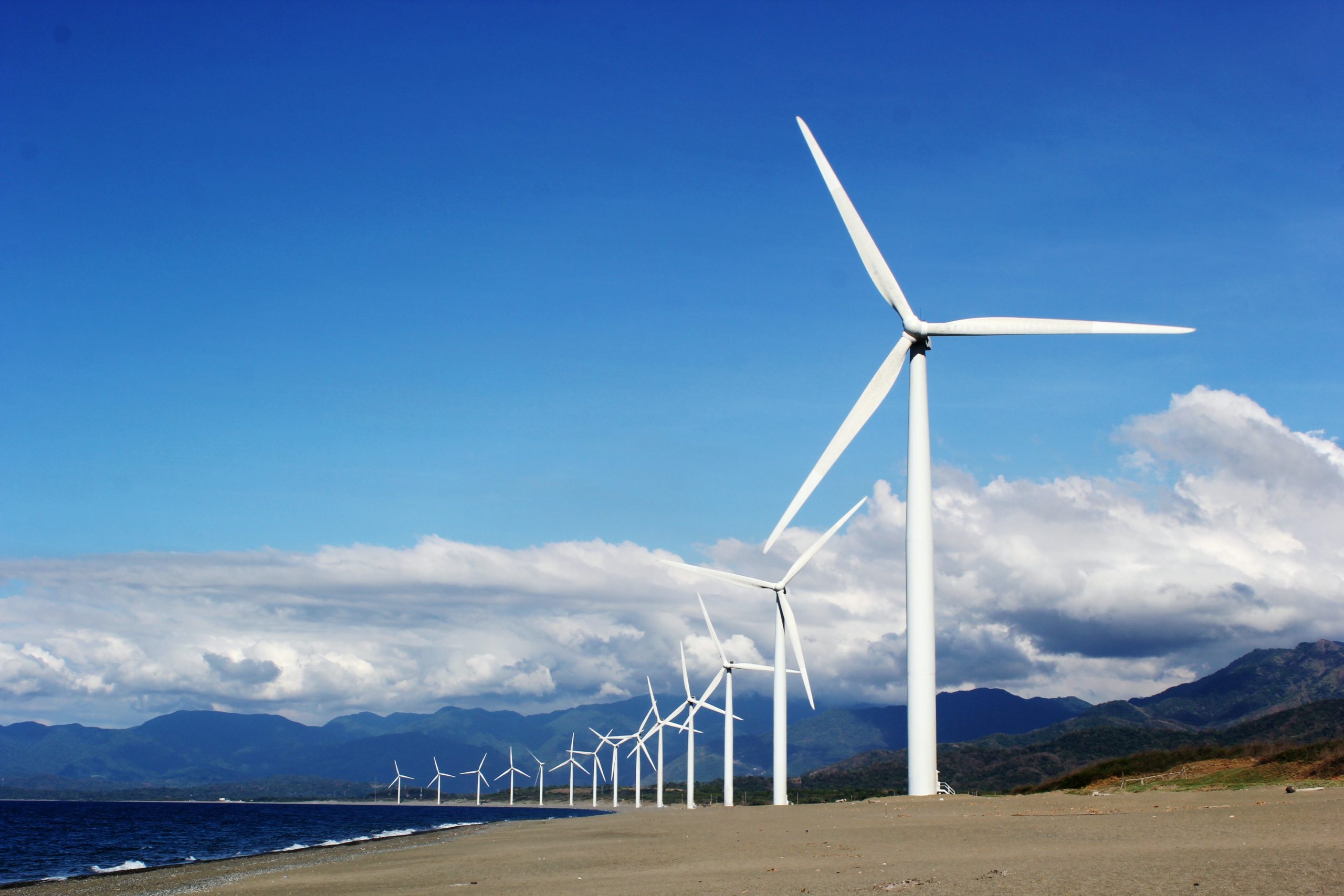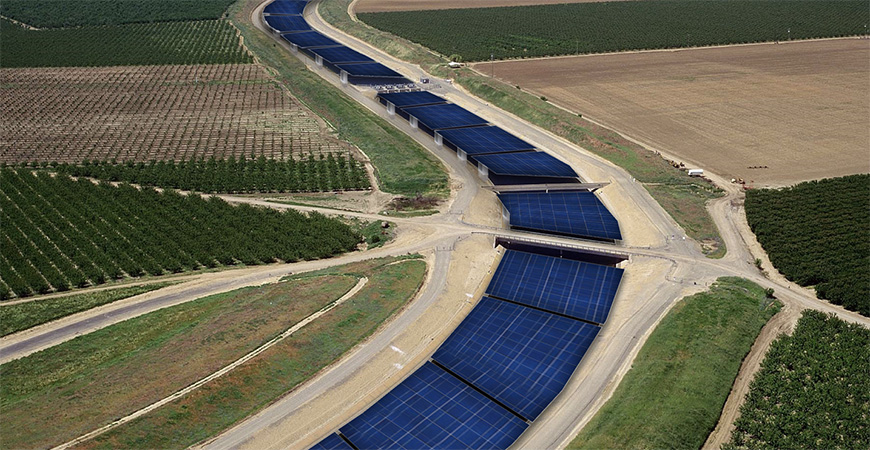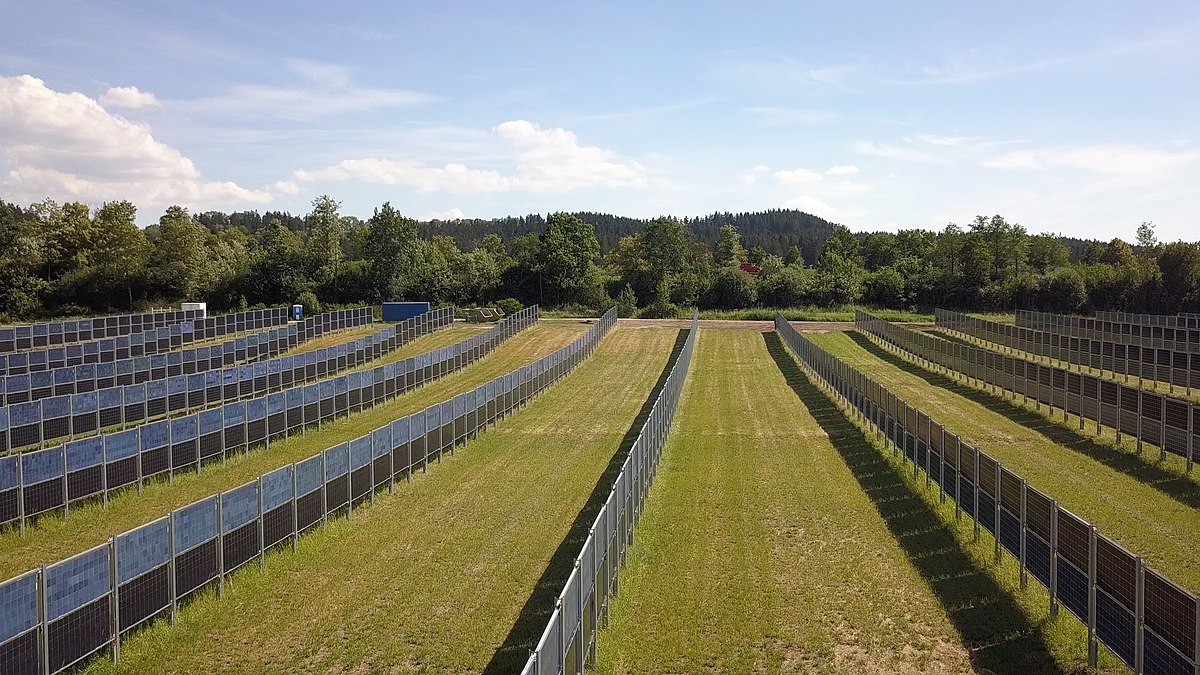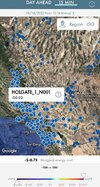mspohr
Well-Known Member
I don't know if I'm as skilled as the model but I have installed two air to water heat pumps for DHW and floor hydronic heating. ChiltrixHeat pumps are cheap.
Mini Split Air Conditioners - Mini Split Heat Pumps - Senville.ca
Find a selection of ductless mini split air conditioners with heat pumps. We offer the best split air conditioner models and ductless air conditioners in Canada.senville.ca
And some are DIY :
Hey, if the blonde model can install one, you can too!
DIY 3rd Generation E Star | MRCOOL
Sophistication simplified. The MRCOOL Do-It-Yourself - 3rd Generation Energy Star DIYmrcool.com



